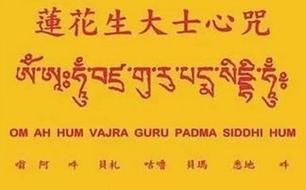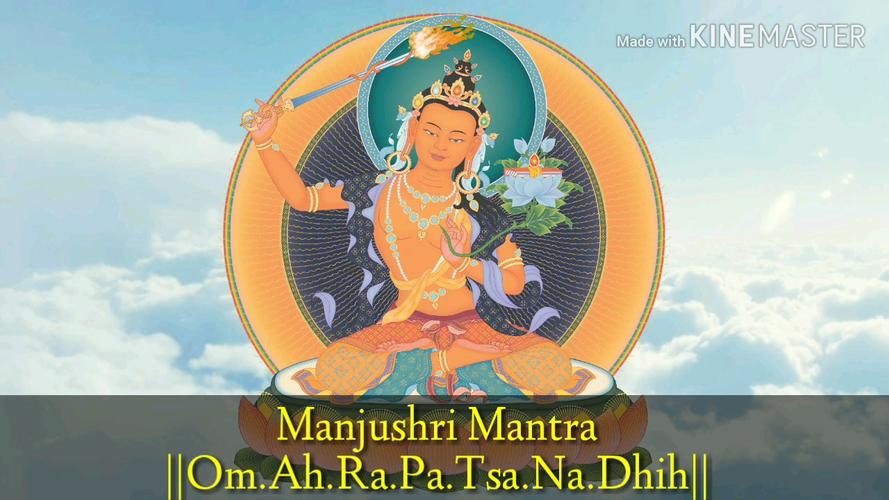Om Ah Hung Vajra Guru Pema Siddhi Hung: A Deep Dive into Its Meaning and Significance
Om Ah Hung Vajra Guru Pema Siddhi Hung is a powerful mantra that holds great significance in Tibetan Buddhism. This mantra is often chanted by practitioners to invoke the blessings and wisdom of the Buddha. In this article, we will explore the meaning behind each word of the mantra and its profound impact on the lives of those who recite it.
Om
The first word of the mantra, “Om,” is a sacred sound that represents the universe. It is the sound of the universe’s creation and is believed to be the first sound that emerged at the beginning of time. Om is often chanted to purify the mind and to invoke the presence of the divine.

Ah
The second word, “Ah,” is associated with the element of fire. It represents the burning away of ignorance and the purification of the mind. Ah is also believed to be the sound of the Buddha’s teachings, and by chanting it, practitioners are said to be connecting with the wisdom of the Buddha.
Hung
“Hung” is a sound that is believed to have the power to transform and purify. It is often associated with the element of air and is thought to be the sound of the Buddha’s compassion. By chanting “Hung,” practitioners are said to be invoking the Buddha’s boundless compassion and mercy.
Vajra
“Vajra” is a Sanskrit word that means “thunderbolt” or “diamond.” It symbolizes indestructibility and the power to cut through ignorance. In the context of the mantra, “Vajra” represents the Buddha’s wisdom and the ability to overcome obstacles. Practitioners believe that by invoking the power of the vajra, they can protect themselves from negative energies and achieve enlightenment.
Guru
“Guru” means “teacher” or “guide” in Sanskrit. In the context of the mantra, “Guru” refers to the Buddha as the ultimate teacher and guide. By invoking the guru, practitioners are seeking the wisdom and guidance of the Buddha to help them on their spiritual journey.

Pema
“Pema” is a Sanskrit word that means “lotus.” The lotus flower is a symbol of purity and beauty, as it grows from the mud yet remains untouched by it. In the context of the mantra, “Pema” represents the Buddha’s pure and compassionate heart. By invoking the lotus, practitioners are seeking to cultivate their own pure and compassionate nature.
Siddhi
“Siddhi” means “perfection” or “power” in Sanskrit. It refers to the ultimate goal of spiritual practice, which is to achieve enlightenment and perfect wisdom. By invoking “Siddhi,” practitioners are expressing their desire to attain this ultimate state of being.
When these words are combined, the mantra “Om Ah Hung Vajra Guru Pema Siddhi Hung” becomes a powerful tool for spiritual transformation. It is believed that by reciting this mantra, practitioners can purify their minds, invoke the blessings of the Buddha, and ultimately achieve enlightenment.
Practical Applications
Practitioners of Tibetan Buddhism use the “Om Ah Hung Vajra Guru Pema Siddhi Hung” mantra in various ways. Here are some common applications:
| Application | Description |
|---|---|
| Chanting | Practitioners recite the mantra aloud or silently, focusing on the meaning of each word. |
| Meditation | The mantra is often used as a meditation tool, with practitioners focusing on the sound and meaning of the mantra to achieve a state of deep relaxation and mindfulness. |
| Mantra Yoga | Mantra yoga involves the use of mantras to balance the body, mind, and spirit. Practitioners may combine the mantra with specific yoga poses and breathing exercises. |
| Visualization | Practitioners may visualize the Buddha and the elements
Back To Top
|




